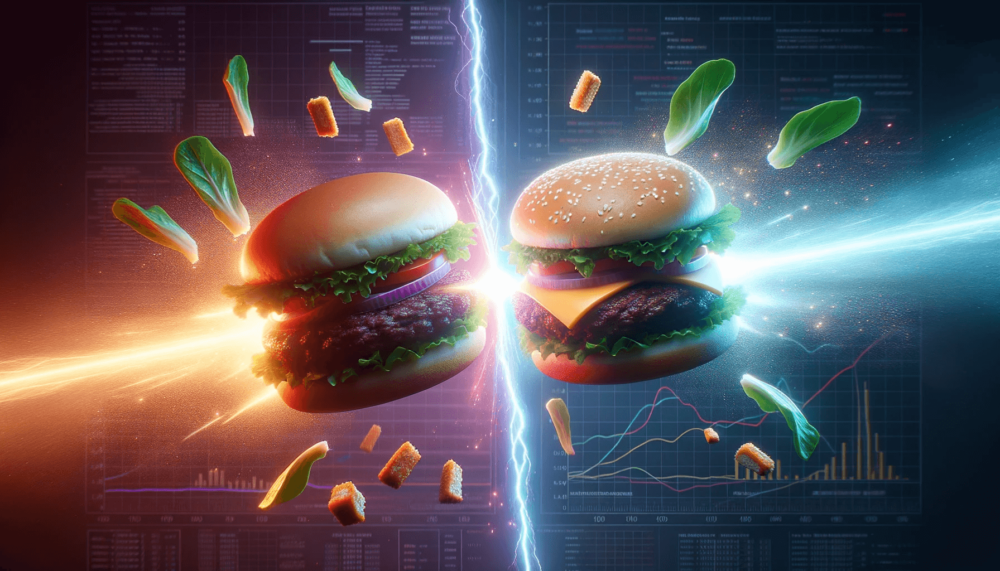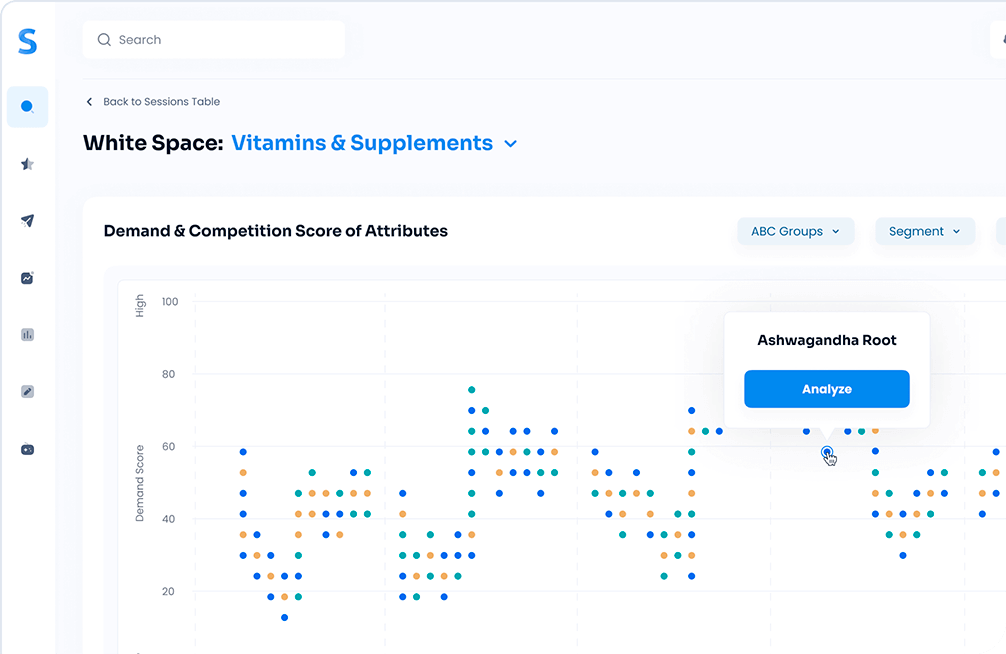No matter the situation, it’s always tough to manage the stains, scuffs, and damage that inevitably occurs around our homes. Whether you’ve got pets, kids, or simply live your life normally, odds are you’ve got stains on carpets, rugs, walls, countertops, and other surfaces that need a good old-fashioned scrub-down. Consumers purchase products that speak to their unique needs and situations, so make sure to avoid some of these use cases in the stain removal category if you want to keep customers coming back for more.
Here are our Predicted Use Case Winners for 2023
The graphic below breaks down eight household care – stain removal use cases we believe possess the lowest potential for growth in 2023. Use Case opportunity scores are determined by looking at both share of voice (a leading indicator of market share) and year-over-year growth rate.
To help brands better understand the needs of their consumers, we’ve leveraged our White Space AI tool to analyze 58 consumer use cases specific to stain removal to forecast what will be trending in 2023.
Grime
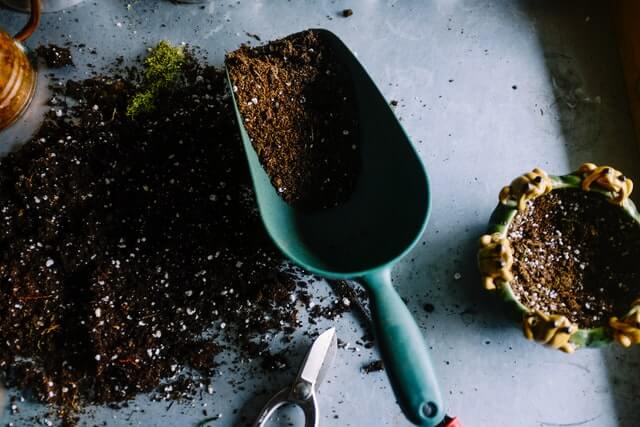
The first use case on our list is grime, which is predicted to see a significant drop in share of voice and growth rate over the next year. With a 1.18 percent share of voice, this particular use case covers all types of grime, from grease and oil stains to general dirt and dust buildup, and is expected to see a negative 26.34 percent growth rate in 2022 and 2023. Products like Scrubbing Bubbles’ Bathroom Grime Fighter, which tackles stubborn stains in the bathroom, should look to potentially rebrand their category-leading products if Grims is on its way out.
Iron
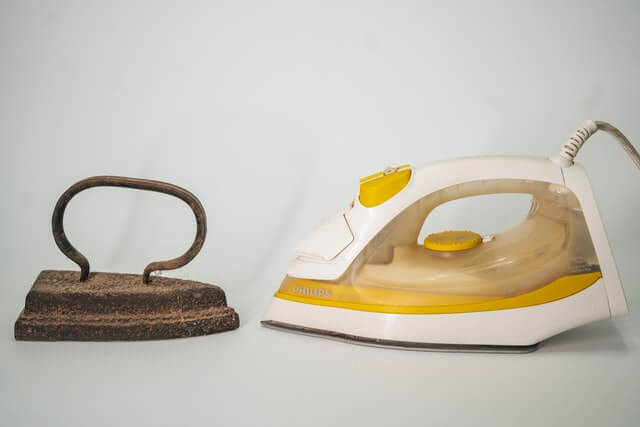
Next up is iron, which covers all types of rust stains. With a 0.88 percent share of voice and an anticipated 14.77 percent decline in growth rate, this use case is one to watch out for. Products like WD-40 Rust Remover Soak, which promises to remove rust without scrubbing, could see a decline in sales as consumers look for alternative options. We advise brands in this category to keep a close eye on the competition and be ready to adapt their offerings as necessary.
Food

Third on our list is Food, which makes up 1.03 percent of the stain removal market and is expected to see a 13.79 percent decline in growth rate throughout the remainder of this year and next. With a wide variety of use cases, from ketchup stains to cookie crumbles, food-related stains can be especially tough to deal with. Brands like OxiClean, which offers a variety of cleaners that remove the most stubborn food stains, should make changes to their offerings within this category if they want to stay ahead of the competition.
Blood

Nobody wants to think about Blood stains, but unfortunately, they’re a reality of life. If you’re dealing with Blood stains on your clothing, you can do a few things to remove them (Cold water is your best friend). While many recommend using a product like Zout to remove stains from Blood (0.18 percent share of voice), we advise Zout and similar companies consider retooling the branding to accommodate our predicted -9.87 percent negative growth rate.
Dirt

Parents are no strangers to dealing with messy kids and their stains, particularly from Dirt, which holds a 1.64 percent share of voice. It seems like messes from Dirt are constant, popping up all over the house, and difficult to clean.
In 2023, we expect to see a 5.95 percent decline in the growth rate for this category. Some of the most popular products for removing dirt stains use heavy-duty cleaning agents, such as bleach and ammonia, to tackle stubborn grime.
Residue
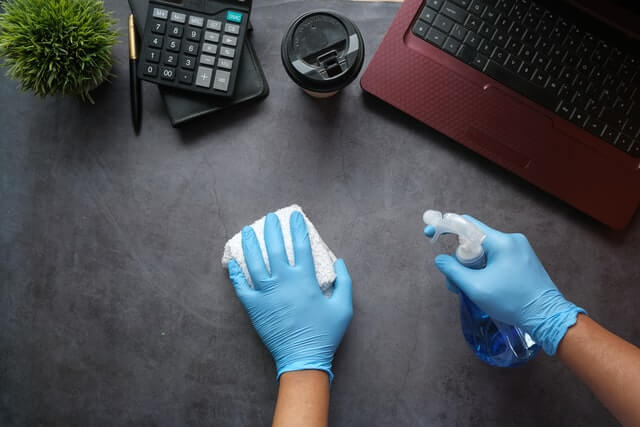
Residue, one of the most common stain removal use cases, is predicted to see a significant decline in popularity next year with a 5.67 percent negative growth rate. This may be because brands are moving away from products that leave behind Residue (1.68 percent share of voice) after washing in favor of ones that effectively remove stains without leaving a sticky film behind.
Or, it may be that customers aren’t experiencing as many Residue-related stain removal concerns, which isn’t entirely within a company’s control. Either way, brands should consider formulating their products without Residue-causing ingredients or Residue-focused solutions to stay ahead of the curve.
Grease
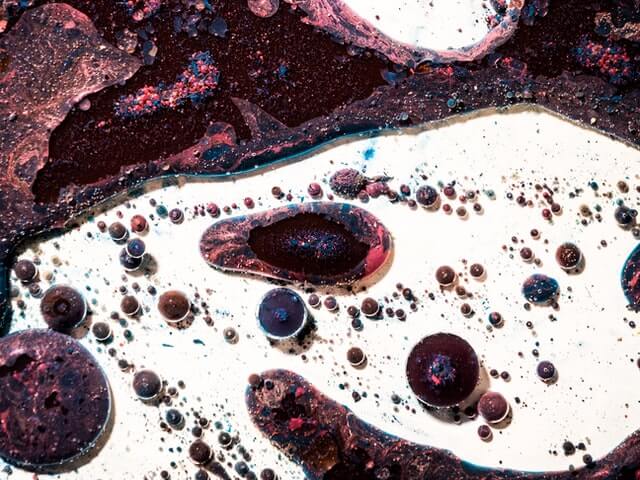
With by far the largest share of voice in the stain removal category, Grease (4.71 percent) is still predicted to see a negative growth rate of 2.23 percent next year, albeit a smaller one than residue. This may be because Grease is such a versatile and difficult-to-remove substance that there are already many products specifically designed to tackle this issue.
Or, it may be that customers are simply opting for greasy food less frequently than they used to, which, again, isn’t entirely within a company’s control. Nevertheless, to stay ahead of the curve, brands like 409 should consider formulating their products without grease-fighting ingredients, focusing instead on more sustainable products that avoid artificial chemicals.
Rust

The final use case we’re covering in today’s blog post is Rust removal. Unlike the other categories we’ve discussed, this one is expected to barely see the needle move as far as its predicted growth rate.
With only a 0.63 percent negative growth rate anticipated, Rust is a category that will be relatively unchanged by industry and consumer trends in 2023. This means that brands should continue to focus on Rust removal as part of their product offerings, but it’s good to pay close attention to the category as the years go on. If negative growth is routinely seen, it may be time to start thinking about alternative strategies.
Conclusion
So, if you’re a household care brand trying to make some strategic business decisions regarding your 2022 and 2023 R&D plans, these are the types of products, categories, and use cases you should avoid. Obviously, no one can predict the future with 100% accuracy, but by understanding which use cases are trending down and which ones are on the rise, you’ll be much better positioned to make intelligent business decisions that ultimately lead to success.
If you’re ready to see Simporter AI in action and learn what it can do for you, request a demo on our website for more insights on Household Care Stain Removal trends. Predicting use case trends is just one way Simporter can help brands grow their business, so to learn more about how we can help you, please visit us at simporter.com.

